Encased in an ornate and antique tabernacle or urna at the parish museum of Boljoon is a pitiful sight – a wooden replica of the Niño Dormido sleeping on a stainless steel bed that looks like a receptacle for a scour pad and dishwashing detergent you’d find in many kitchen sinks.
But for years, it contained a beautiful “Niño Dormido de marfil” or a Sleeping Christ Child made of ivory on a silver bed, wrote Victorino Manalo in his paper Reading Boljoon: From Records to Retablos. Manalo is the chairperson of the Natioal Commission for Culture and the Arts (NCCA).
Mentions of the Niño Dormido and his silver bed in parish inventories that date back to as early as 1795 make its absence “more palpable,” Manalo wrote.
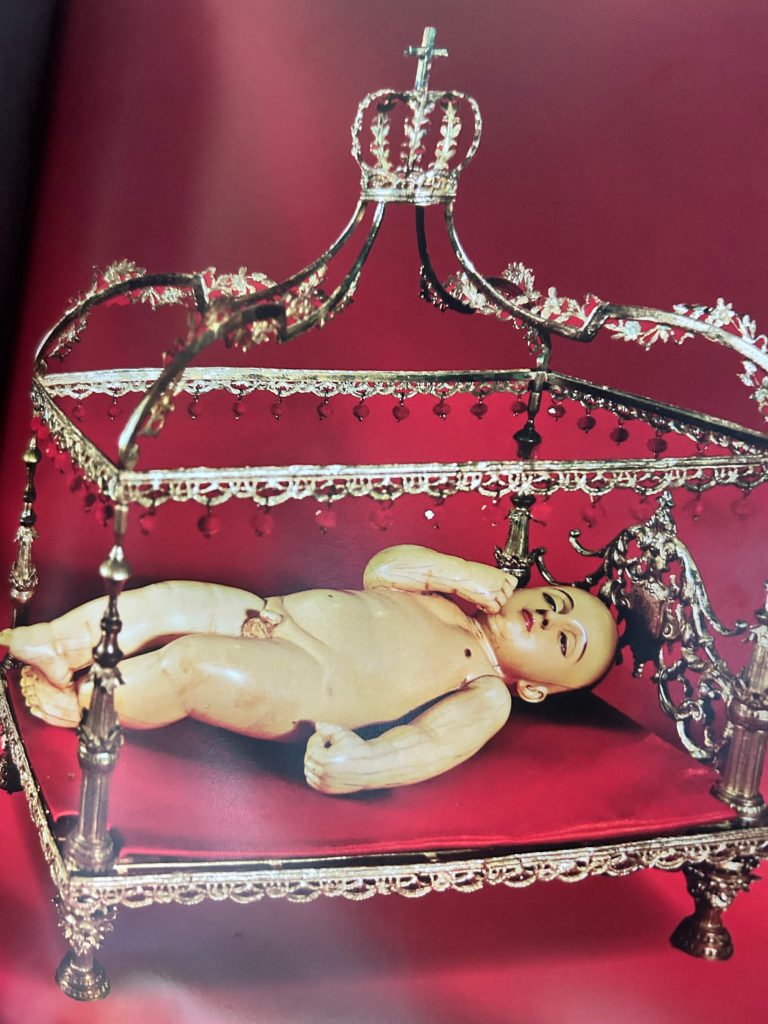
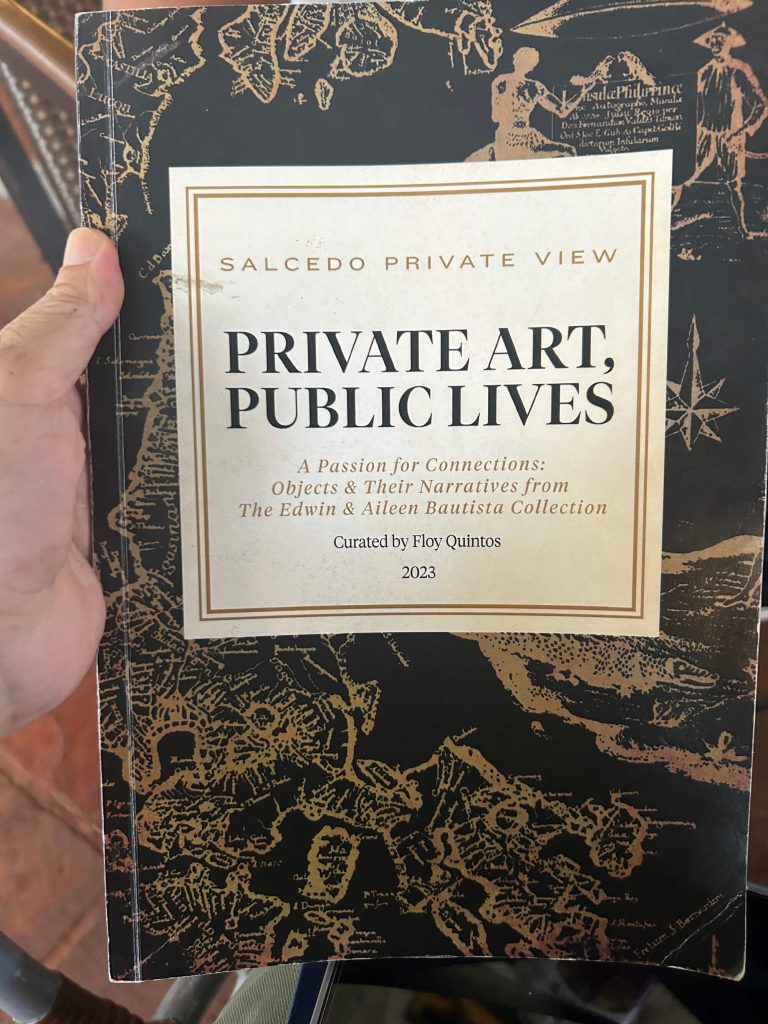
Is this Niño Dormido and his silver bed the one listed as part of the collection of Edwin and Aileen Bautista in the catalog of their exhibit at Salcedo Auctions last September?
Dr. Jose Eleazar Bersales thinks so. Bersales is a consultant on heritage and museums of the Cebu Provincial Government. He is also a member of the NCCA advisory board.
“This looks like the actual silver bed and ivory Niño that Boljoon lost, one of the four that were allegedly sold by Fr. Miguel Ortega in the case filed against him. This is real ivory, not a wooden replica,” Bersales commented on the photo that I shared of the page featuring the Niño Dormido and the silver bed in the catalog published for the exhibition at Salcedo Auctions last year.
There is no information on the provenance of the items. The caption that accompanied the photo only said “Niño Dormido in a 18th century silver bed.” In an article that he wrote in the catalog, he mentioned a “collection of silver objects coming from the same church in the South.”
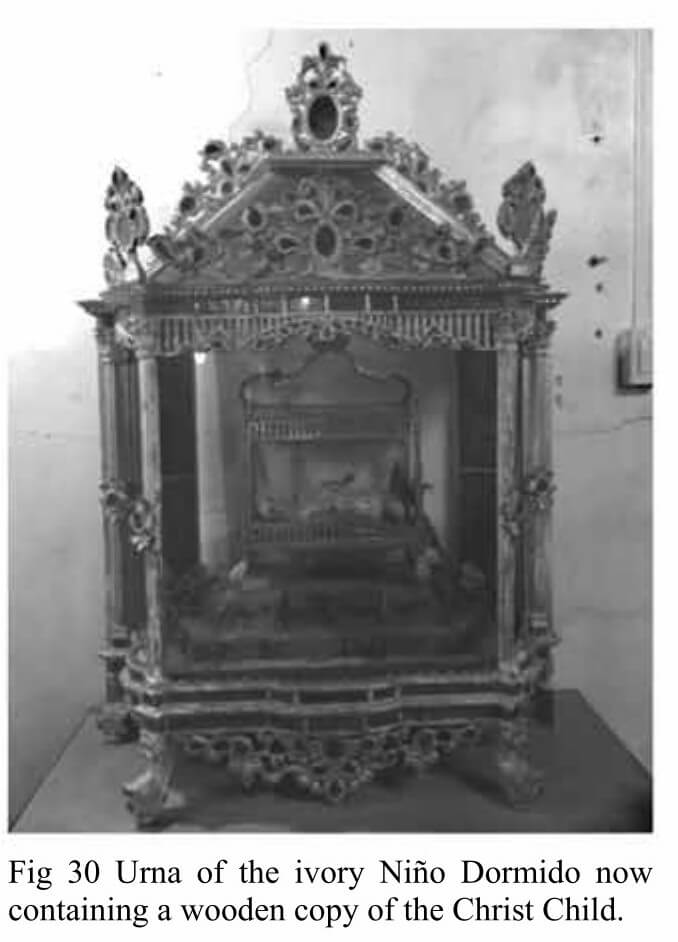
I reached out to Mr. Bautista through a contact within the Aboitiz group of companies last Sunday. I haven’t gotten a response as of the publication of this blog post.
What is interesting is what Edwin Bautista wrote in the catalog. He said the collection that he exhibited in Salcedo Auctions last year, which included the controversial Boljoon panels, was built in the past five years.
“We had collected Filipino santo for some time now, but never seriously until recently . The main reason was supply shortage. The big santo antique dealers were gone.”
Bautista credited auction houses like Salcedo Auctions for making “interesting and major pieces” available to the market.
“Word got around that we were in the market for ecclesiastical art and soon, offers came from new dealers and collectors wanting to unload.”
And boy did the dealers unload! The catalog documents a rich collection of ecclesiastical art.
Bautista said he included in the collection pieces that he particularly liked or found significant.
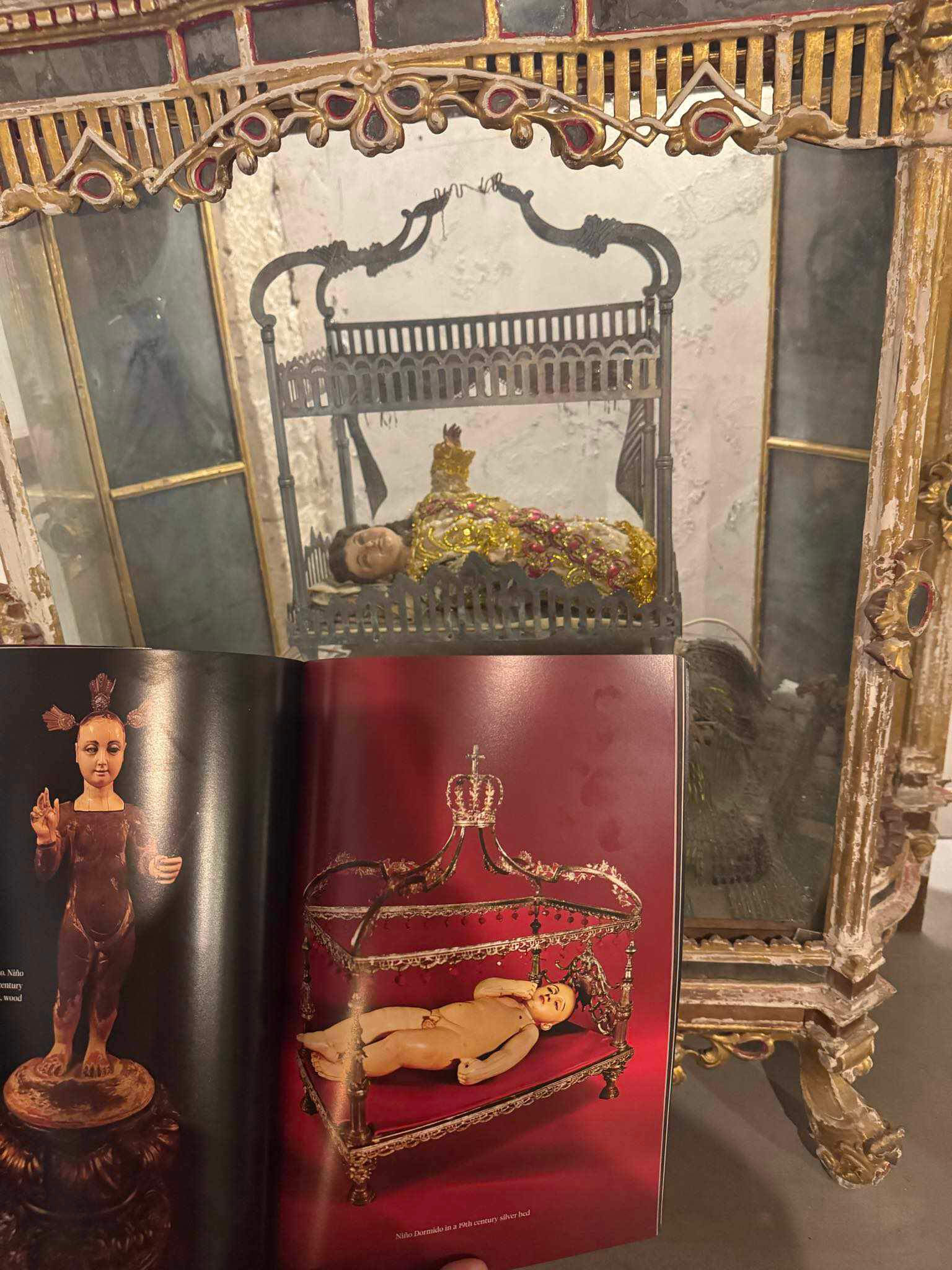
So, is the silver bed for the Niño Dormido the same one listed in the affidavits that supported the filing of qualified theft and estafa cases against the late Fr. Miguel?
In the affidavit, “1 miniature bed for the belen made of silver” was estimated to cost P1 million in 1982 pesos. Fr. Faustino Cortes, who succeeded Ortega at the parish, also executed an affidavit saying that the miniature bed turned over to him was of poor quality and recent make. Ortega was accused of hiring workmen to create replicas, described as of poor quality, of Boljoon church antiques that were then switched with the authentic pieces.
Ornate beds for the Niño are common in parishes like Boljoon where the Mother Mary is patroness, said cultural worker Princess Mhay Hernandez. It is where the Niño is placed for the pahalik, the adoration when devotees kiss the image, said Hernandez, who is currently studying Master of Arts in Arts Studies, Major in Curatorial Studies in UP Diliman. This often happens during Christmas.
“The (Boljoon) museum has a wooden baby in a stainless steel crib which has been substituted for the former princely occupant and his precious bed but the memory of what had been wrenched away still lingers,” Manalo wrote. “Parishioners speak of it in hushed tones, remembering how the appearance of the urna and the Holy Child on the Retablo Mayor would signal the start of the Christmas season.”
Max is a journalist and blogger based in Cebu. He has written and edited for such publications as The Freeman, The Independent Post, Today, Sun.Star Cebu, Cebu Daily News, Philstar Life, and Rappler.
He is also a mobile app and web developer and co-founded InnoPub Media with his wife Marlen.
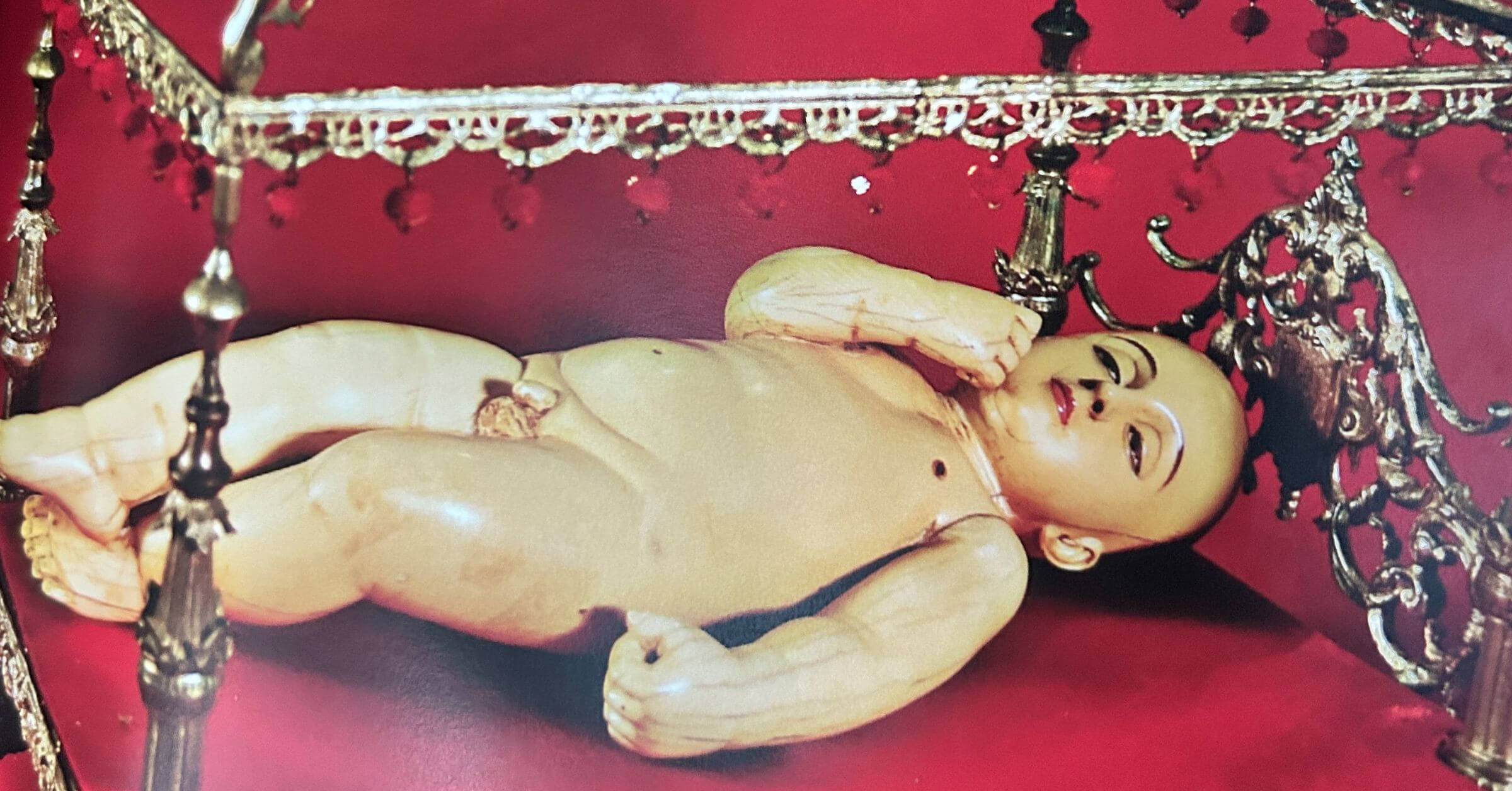

Leave a Reply